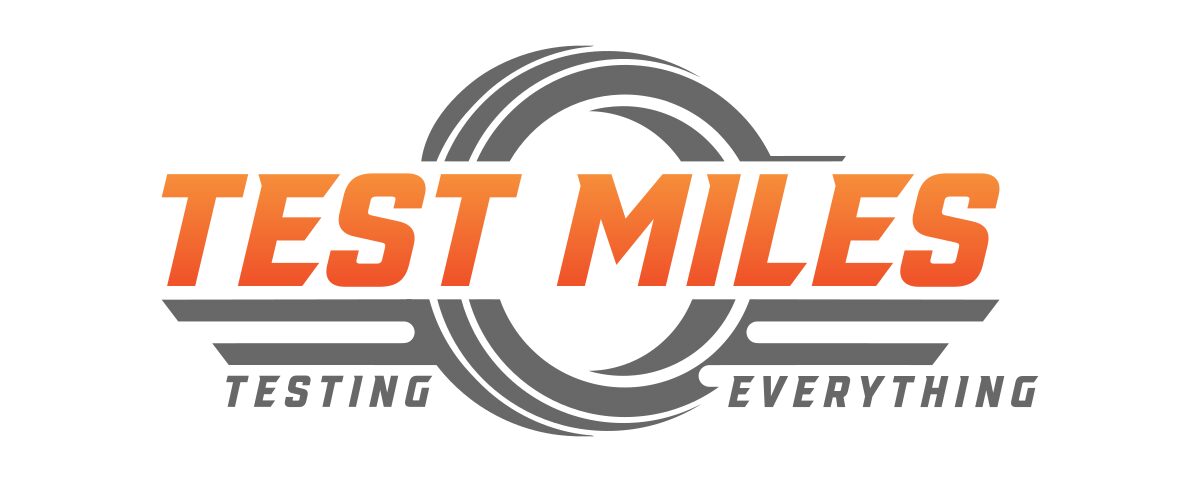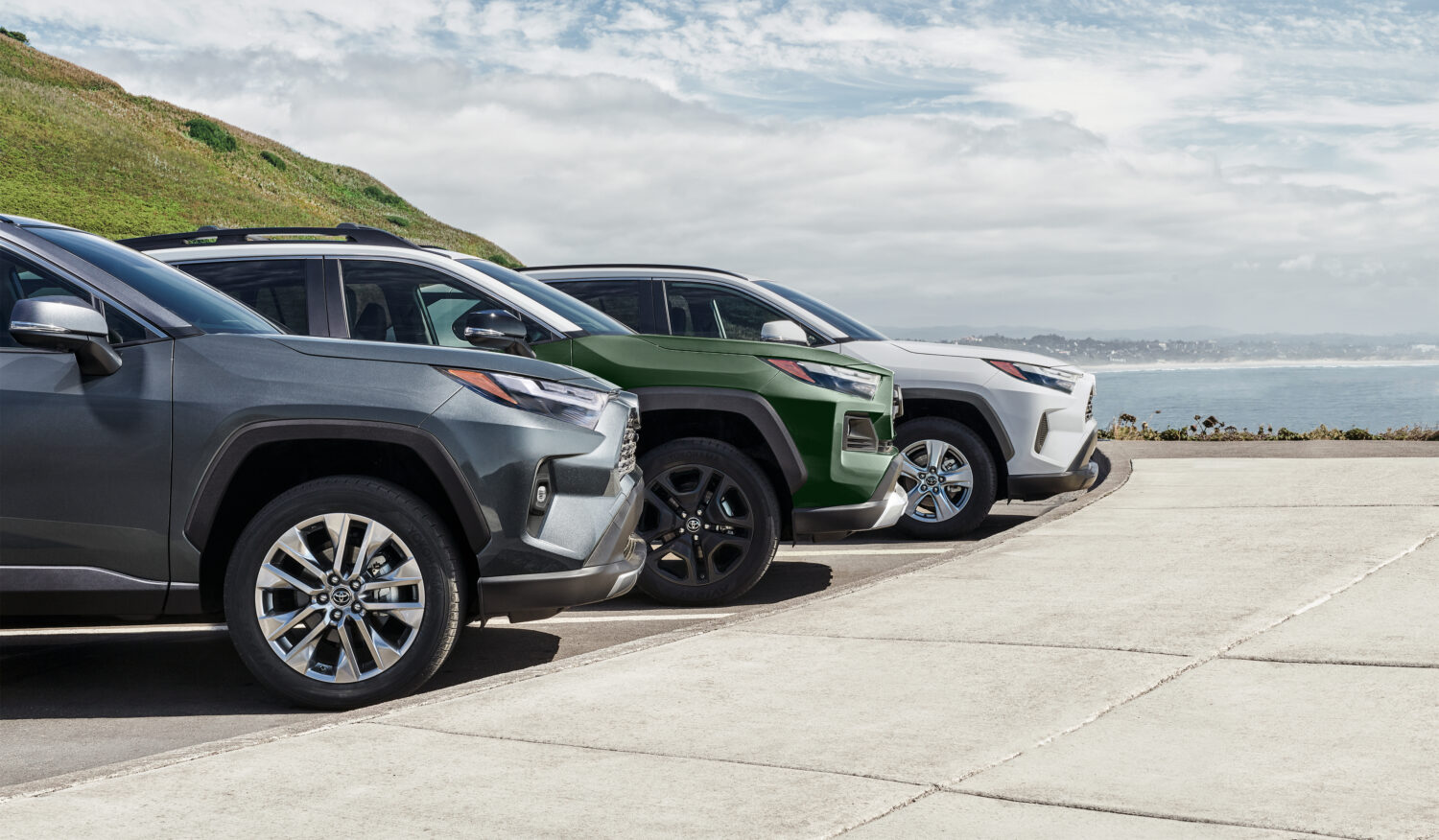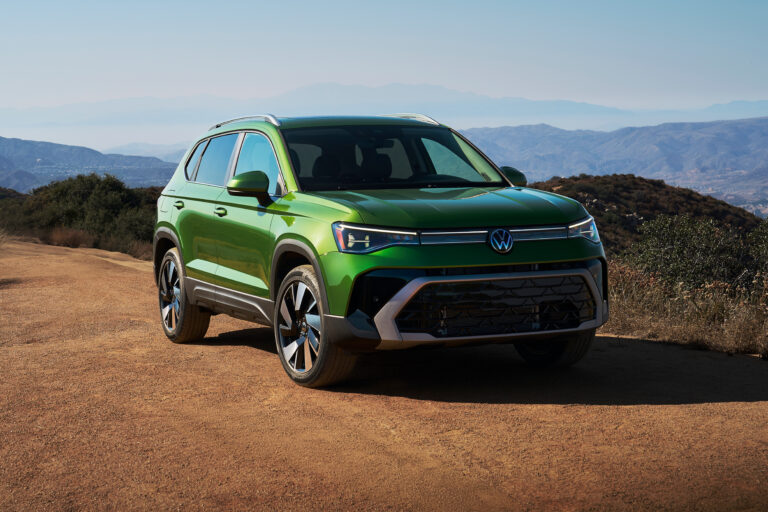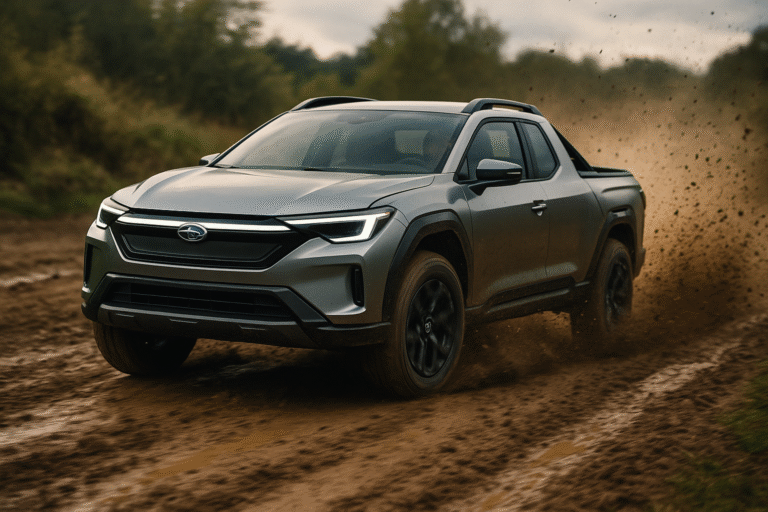Toyota Defies Headwinds with U.S. Sales Surge
Toyota sales surge in August 2025 as U.S. buyers return to hybrids despite high interest rates, tariffs, and a slowing auto market.
Amid rising interest rates and tariffs, Toyota delivers robust U.S. gains that signal consumer trust in hybrids and brand resilience.
Why does this matter right now?
Toyota’s August 2025 U.S. sales rose 13.6% year-on-year, hitting 225,367 vehicles [Reuters]. In a market struggling with elevated interest rates and tighter credit, that kind of growth isn’t luck it’s strategy. Consumers are looking for reliability, lower running costs, and a hedge against fluctuating fuel prices. Toyota, with its arsenal of hybrids, fits the bill perfectly.
Globally, the brand moved 844,963 vehicles in August, up 2.2%, while production increased 4.9% [Reuters]. Over the first half of 2025, Toyota sold more than 5.1 million vehicles worldwide, proving its resilience while rivals trimmed targets [Bloomberg].
Nearly 43% of Toyota’s global sales this year are electrified vehicles, mostly hybrids [Reuters]. That mix gives Toyota a crucial advantage as U.S. consumers hesitate to commit to full EVs amid charging concerns.
For context, read our coverage on the 2026 Toyota RAV4 redesign and Toyota C-HR BEV at TestMiles.com.

How does it compare to rivals?
While Toyota is thriving, the wider U.S. auto market is flat. High borrowing costs and weakening consumer sentiment have slowed sales growth for many competitors. Honda and others have warned of profit pressure from tariffs and a strong yen [Reuters]. Meanwhile, global EV sales growth slowed to 15% in August, down from 21% in July [Reuters]. Toyota’s hybrid-heavy strategy looks less like hesitation and more like foresight.
Even within its own stable, Toyota’s U.S. electrified sales are staggering. In 2024, Toyota and Lexus sold over 1 million electrified vehicles in the U.S., up 53% from the year before [Toyota Newsroom]. That accounted for 43% of sales, a ratio few rivals can match.
Toyota captured 14.2% of the U.S. market in Q2 2025, up 7.1% year-over-year [Haig Partners]. Compare that with Ford and GM, who are leaning on temporary lease-credit workarounds to cushion demand [Reuters]. Toyota’s volume gains feel more sustainable.
For deeper competitive analysis, see our EV tax credit expiration coverage and Hyundai Palisade sales report on TestMiles.

Who is this for and who should skip it?
For consumers navigating high monthly payments, Toyota offers a sense of certainty. Hybrids like the RAV4 Hybrid or Corolla Cross Hybrid promise lower running costs without the infrastructure headaches of a full EV. These are the cars for middle America families balancing budgets, commuters eyeing fuel efficiency, and drivers who want the latest tech without anxiety over charging networks.
On the other hand, buyers seeking bleeding-edge EV tech may feel Toyota’s conservative approach is too cautious. If you’re committed to owning a pure electric, brands like Tesla, Hyundai, or BMW may better suit your appetite for risk and innovation. But for the mainstream, Toyota remains the default safe bet.
Check out our TestMiles coverage of best cars for dog owners and affordable cars under $30,000 to see where Toyota models stack up for lifestyle buyers.

What is the long-term significance?
Toyota has trimmed its profit forecast by 16% due to tariffs and rising costs, warning of a $9.5 billion hit [Reuters]. Yet volume growth in the U.S. proves that even when margins are under siege, the brand’s reputation and model mix keep buyers walking through the doors.
As EV adoption slows, hybrids look more like a bridge technology than a stopgap. Toyota’s diversified powertrain portfolio ICE, hybrids, plug-ins, and EVs offers flexibility few automakers can replicate. That strategy means Toyota isn’t overexposed to the volatility of EV demand or infrastructure gaps.
Looking further ahead, Toyota’s U.S. production footprint, with over 700,000 vehicles built in the U.S. in the first half of 2025, anchors its resilience against tariffs and supply chain shocks [Reuters]. In tough times, location matters.

As the industry braces for rising costs, slowing EV growth, and macroeconomic uncertainty, Toyota’s August performance reads like a blueprint. Sell what people actually want, build where it matters, and earn consumer trust through consistency. Not glamorous, but deeply effective.
For more information, follow @nikjmiles and @testmiles on all social media platforms.







